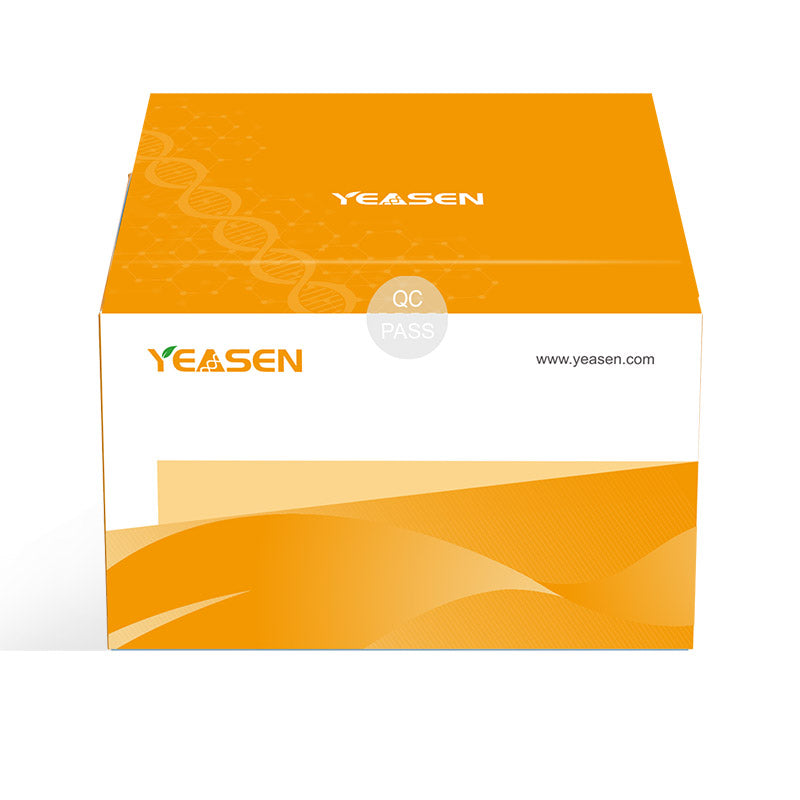Description
Noggin is a secreted homodimeric glycoprotein. Secreted Noggin is affixed to the cell surface due to binding to heparin-containing proteoglycans and is an antagonist of bone morphogenetic proteins (BMPs). Noggin is very conserved in vertebrates, so mature human Noggin has high homology to mouse, rat, bovine, equine, and chicken species.Noggin is involved in common regulatory signaling pathways such as the Wnt signaling pathway, the BMP signaling pathway, and the Shh signaling pathway, etc. The Noggin gene has a feedback inhibitory mechanism for the BMP signaling pathway and a feedback activating mechanism for the Wnt signaling pathway. The inhibitor Noggin in the BMP signaling pathway mediates the inhibition of BMP expression to cause Shh signaling.
Noggin is a secreted protein that binds to ligands of the TGF-α family and regulates their activity by inhibiting their access to signaling receptors.Noggin was initially identified as a BMP-4 antagonist and plays an important role in the proper formation of the head and other dorsal structures. As such, Noggin has a high affinity for certain BMPs such as BMP-4 and a lower affinity for BMP-7, in addition to a high correlation with BMP-2, BMP-13 and BMP-14. During skeletal development, Noggin prevents chondrocyte proliferation, which in turn regulates normal joint formation.Noggin is used in the adult central nervous system and peripheral tissues (e.g., lungs) when human embryonic stem cells (hESCs) or neural stem cells are cultured under certain conditions.Addition of Noggin to antagonize BMP activity results in the proliferation of the stem cells, while keeping them in an undifferentiated state, or differentiating them into dopaminergic neurons.
Noggin is one of the most classical growth factors in organoid culture, and its high activity, batch-to-batch stability and absence of contamination are the keys to the success of organoid experiments. This recombinant human Noggin is supplied in liquid form with high activity, no animal-derived components and low endotoxin.
Specification
|
Synonyms |
NOG, SYM1, symphalangism 1 (proximal), synostoses (multiple) syndrome 1, SYNS1 |
|
Source |
HEK293 |
|
Sequence |
Gln28-Cys232 |
|
Accession |
Q13253 |
|
Molecular Weight |
Predicted Moleucular weight: 23.1 kDa(Monomer) |
|
Endotoxin |
< 0.01 EU/μg by the LAL method. |
|
Purity |
> 95%,determined by SDS-PAGE |
|
Biological Activity |
Measured by its ability to inhibit BMP4-induced alkaline phosphatase production by MC3T3E1 mouse preosteoblast cells. The EC50 for this effect is 5-40 ng/mL. |
|
Formulation |
Dissolved in sterile PBS buffer. |
|
Tag |
Not |
|
Physical Appearance |
Fluids |
Storage
-85~-65℃ storage, valid for 1 year after receipt.
Avoid repeated freezing and thawing, centrifuge before opening the vial. It is recommended to aliquot for one experimental use, after aliquoting, freeze at -80℃.
Cautions
1. For your safety and health, please wear lab coat and disposable gloves.
2. This product is for scientific research purposes only.
Payment & Security
Your payment information is processed securely. We do not store credit card details nor have access to your credit card information.
Inquiry
You may also like
FAQ
The product is for research purposes only and is not intended for therapeutic or diagnostic use in humans or animals. Products and content are protected by patents, trademarks, and copyrights owned by Yeasen Biotechnology. Trademark symbols indicate the country of origin, not necessarily registration in all regions.
Certain applications may require additional third-party intellectual property rights.
Yeasen is dedicated to ethical science, believing our research should address critical questions while ensuring safety and ethical standards.

